Health Care > QUESTIONS & ANSWERS > Roach’s Introductory Clinical Pharmacology 11th Edition Test bank - Newly Updated Complete Solutio (All)
Roach’s Introductory Clinical Pharmacology 11th Edition Test bank - Newly Updated Complete Solutions, Score A+
Document Content and Description Below
Page 2 I- Nursing Foundation of Clinical Pharmacology 1. General Principles of Pharmacology 1. A nursing instructor is preparing a teaching plan for a group of nursing students about pharmacology. ... When describing this topic, the instructor would focus the discussion on which of the following as an essential aspect? A) Drug name B) Drug class C) Drug action D) Drug source Ans: C Feedback: Pharmacology is the study of drugs and their action on living organisms. Thus, an essential aspect of pharmacology is drug action. An understanding of the drug name, drug class, and drug source is important, but the most critical aspect related to pharmacology is how the drug acts in the body. 2. A nursing student is preparing to administer a prescribed drug to a patient. The student reviews information about the drug and its actions. Which of the following would be the best choice for obtaining this information? Select all that apply. A) Nursing instructor B) Nurse assigned to the patient C) Clinical drug reference D) Prescribing health care provider E) Clinical pharmacist Ans: C, E Feedback: Although the nursing student can ask the nursing instructor, the nurse assigned to the patient, and the prescribing health care provider for information about the drug, the best choices for drug information would include an appropriate drug reference and the clinical pharmacist. 3. When describing the various types of medications to a group of nursing students, a nursing instructor would identify which of the following as a source for deriving medications? Select all that apply. A) Plants B) Synthetic sources C) Mold D) Minerals E) Animals Ans: A, B, C, D, E Feedback: Medications are derived from natural sources, for example, plants, molds, minerals, and animals, as well as created synthetically in a laboratory. Page 3 4. Which of the following names may be assigned to a drug during the process of development? Select all that apply. A) Chemical name B) Official name C) Pharmacologic name D) Trade name E) Nonproprietary name Ans: A, B, D, E Feedback: Throughout the process of development, drugs may have several names assigned to them including a chemical name, a generic (nonproprietary) name, an official name, and a trade or brand name. 5. A drug may be classified by which of the following? Select all that apply. A) The chemical type of the drug's active ingredient B) The way the drug is used to treat a specific condition C) The generic name of the drug D) The trade name of the drug E) The nonproprietary name of the drug Ans: A, B Feedback: A drug may be classified by the chemical type of the active ingredient or by the way it is used to treat a particular condition. Generic, trade, and nonproprietary refer to how a drug is named. [Show More]
Last updated: 2 years ago
Preview 1 out of 606 pages
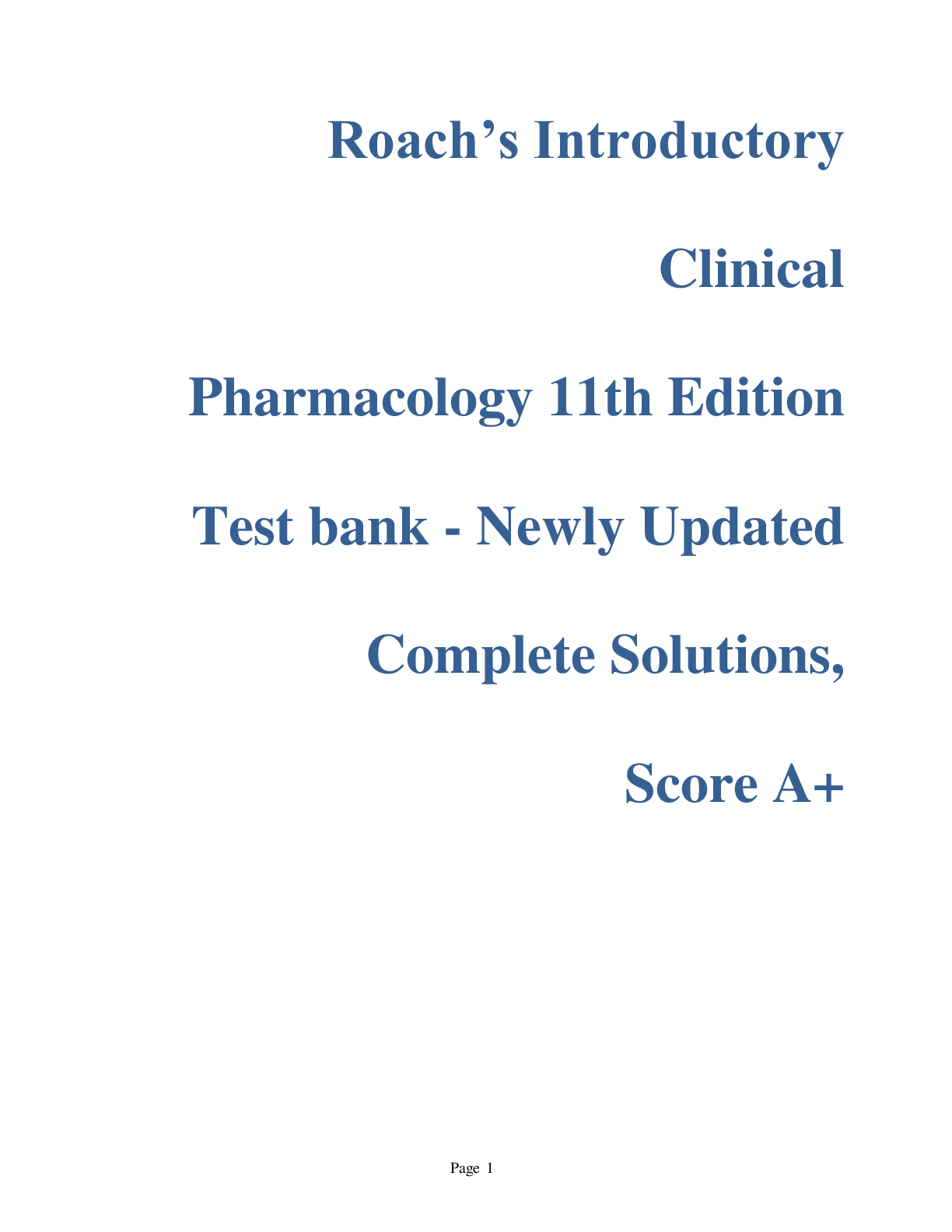
Buy this document to get the full access instantly
Instant Download Access after purchase
Buy NowInstant download
We Accept:

Reviews( 0 )
$30.00
Can't find what you want? Try our AI powered Search
Document information
Connected school, study & course
About the document
Uploaded On
Aug 03, 2021
Number of pages
606
Written in
Additional information
This document has been written for:
Uploaded
Aug 03, 2021
Downloads
0
Views
69

 AANP-FNP LIGHTNING ROUND REVIEW-2.png)
 MACROECONOMICS QUESTIONS AND ANSWERS.png)


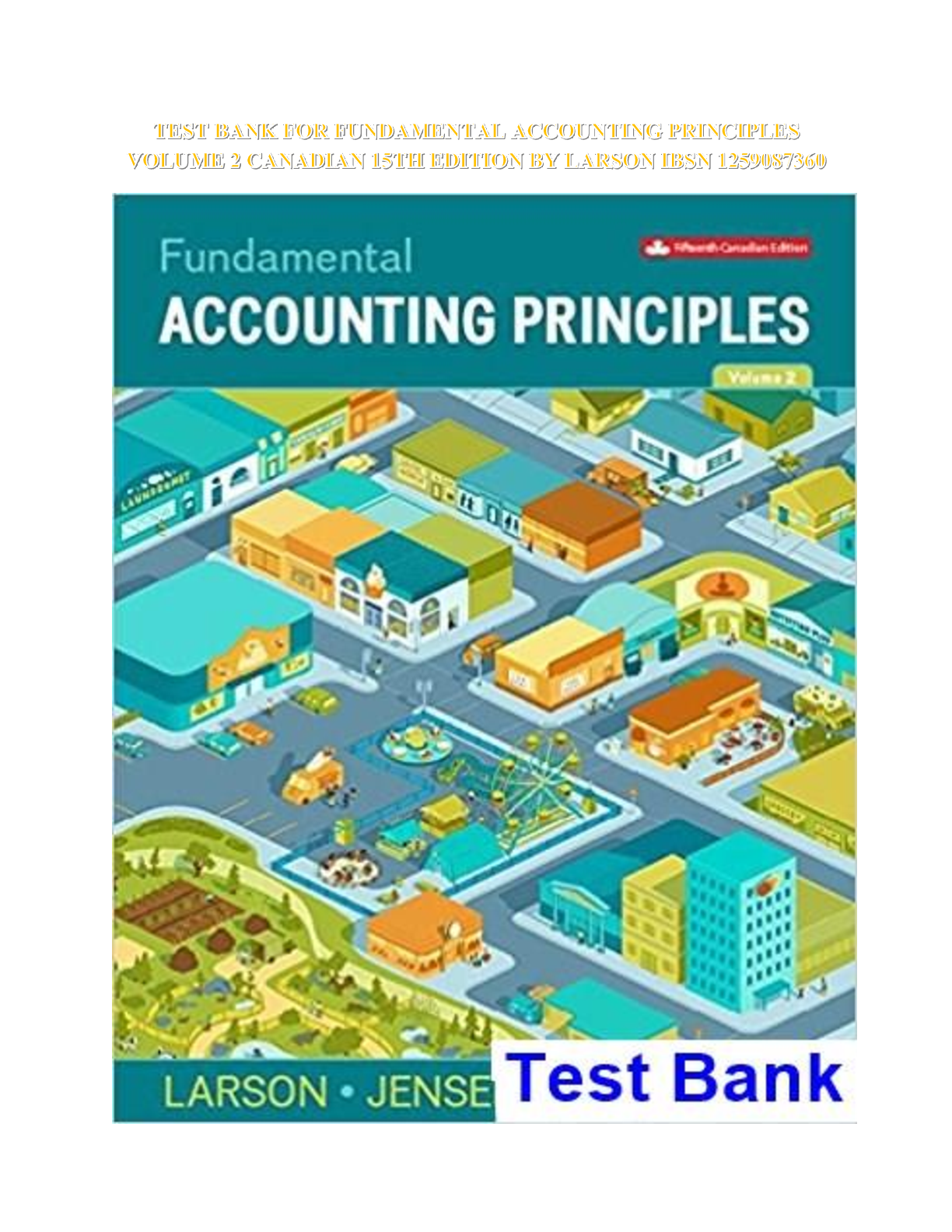
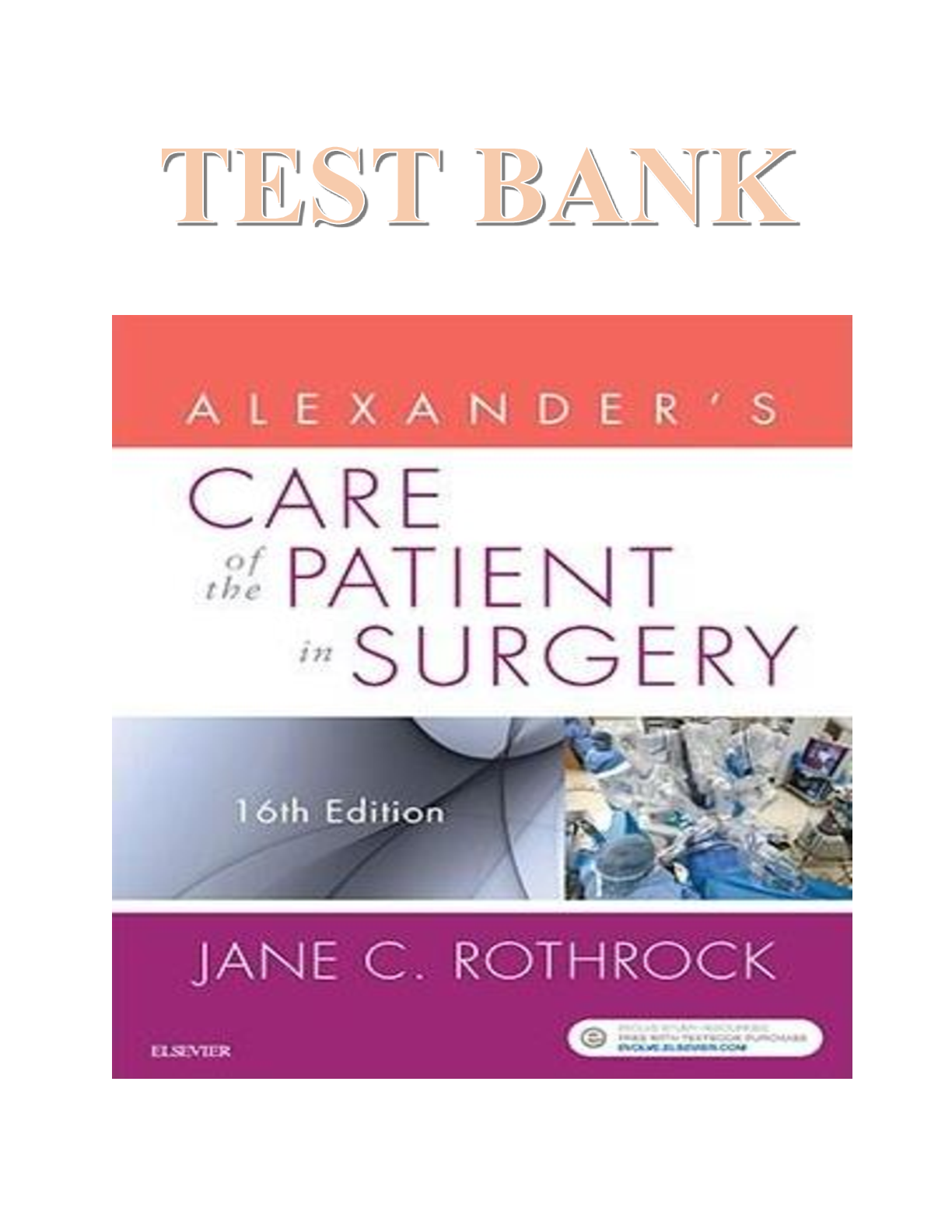

 W2 SH [TRANSCRIPT] – ASTHMA - RESPIRATORY COMPLETED SHADOW HEALTH.png)
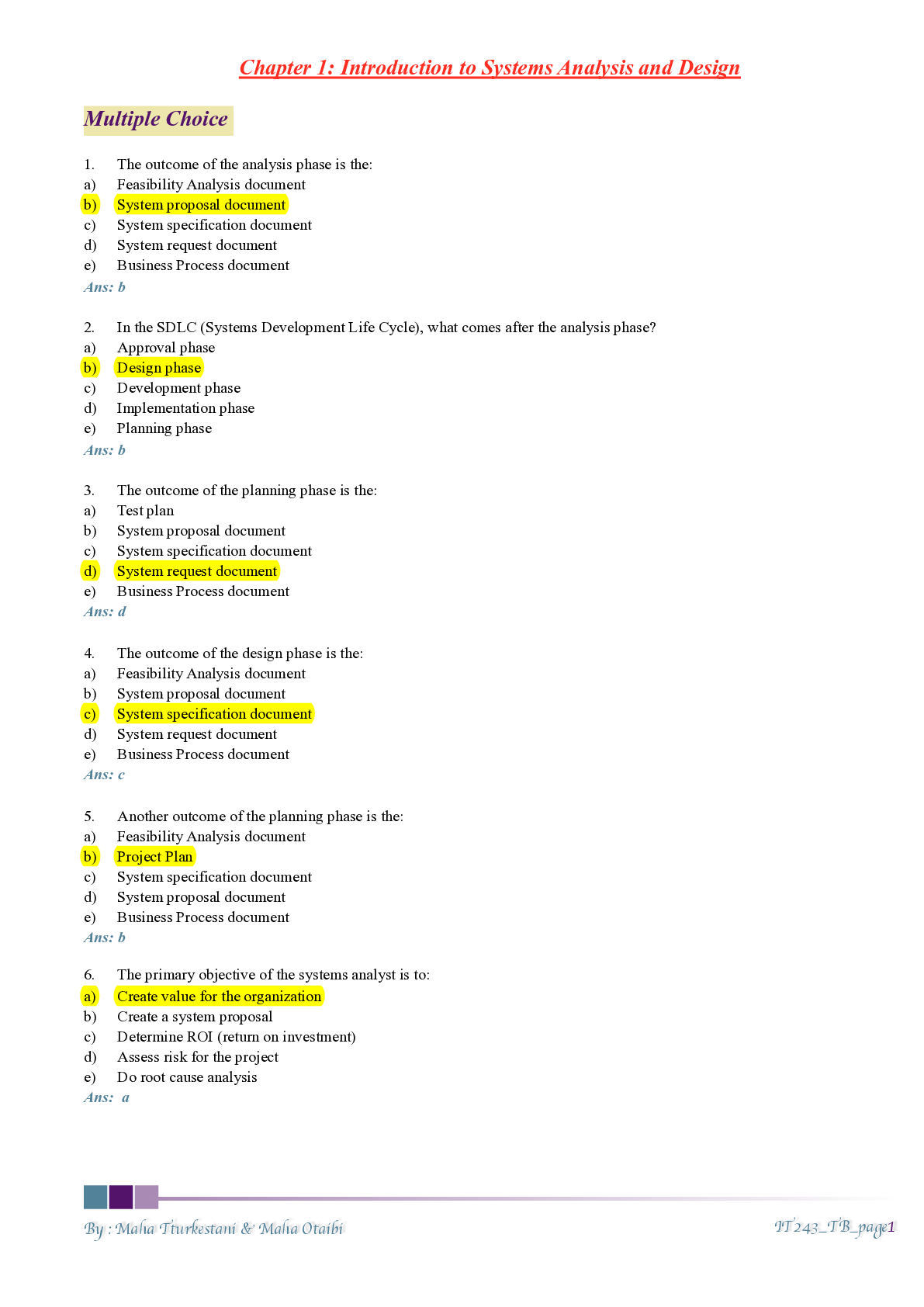


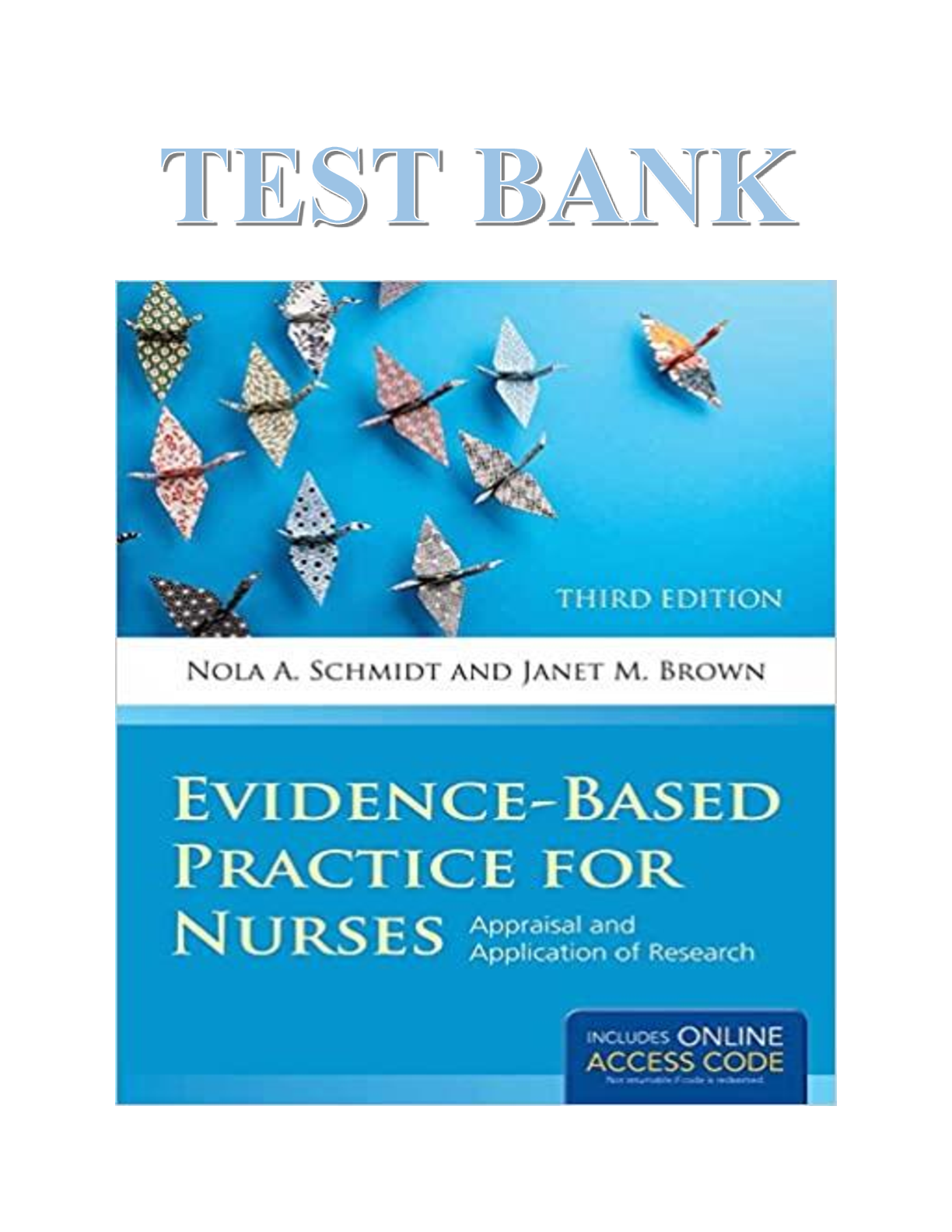

.png)



 SOUTH UNIVERSITY (GRADED A).png)

 Correct Study Guide, Download to Score A.png)
 (Latest 2021) Correct Study Guide, Download to Score A.png)

.png)

